Key Strategies for a Seamless Checkout Process
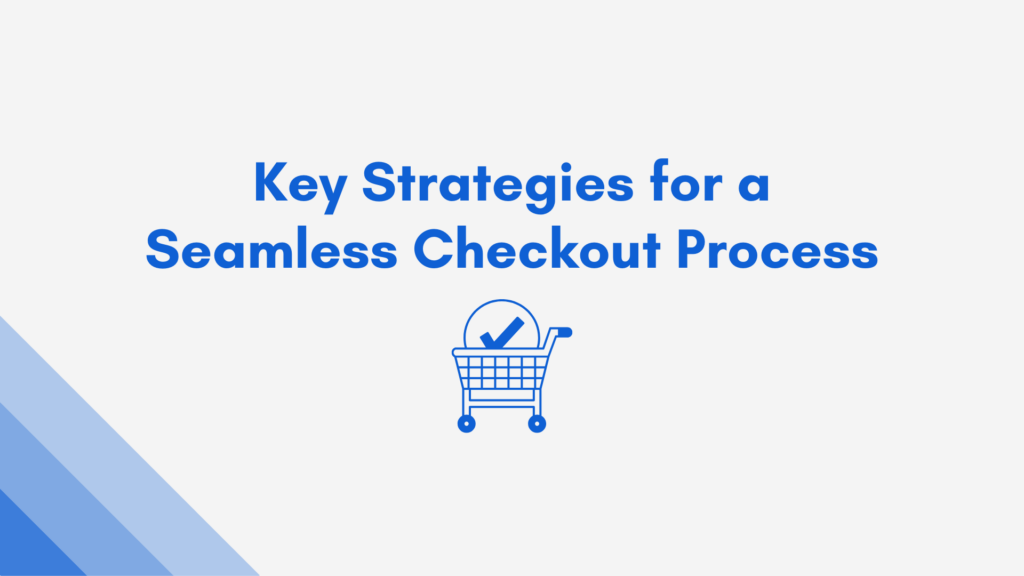
The checkout process stands as a critical juncture where conversions are either clinched or lost. A seamless checkout experience is not just a luxury; it’s a necessity for businesses aiming to thrive in today’s competitive market.
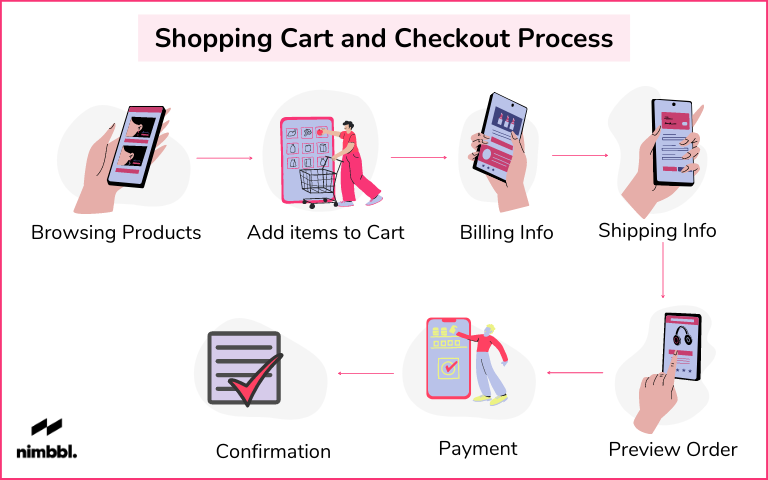
Having a seamless checkout process is paramount for e-commerce success as it directly impacts conversion rates and customer satisfaction. A streamlined checkout experience reduces friction and eliminates barriers, ensuring that users can complete their purchases quickly and effortlessly. With online shoppers increasingly demanding convenience and efficiency, any hurdles or complexities in the checkout process can lead to cart abandonment and lost sales. Moreover, a smooth checkout process enhances brand credibility and fosters trust, reinforcing positive perceptions and encouraging repeat business. Therefore, investing in optimizing the checkout process is essential for businesses looking to maximize conversions, minimize revenue loss, and cultivate long-term customer loyalty in the competitive digital marketplace.

Understanding the intricacies of optimising this pivotal stage can significantly impact your bottom line. In this comprehensive guide, we delve into effective strategies to streamline your checkout process and maximise conversions.
Seamless Checkout Process Checklist:
1. Simplify the User Interface (UI):
Simplifying the user interface (UI) is paramount for ensuring a smooth checkout experience. Studies from the Baymard Institute reveal that nearly 28% of cart abandonment cases stem from complex checkout processes. To counter this, businesses should strive for clean, intuitive, and clutter-free designs. Implementing minimalistic UI designs that guide users effortlessly through each step can significantly impact conversion rates.

For instance, Amazon’s one-click checkout feature has simplified the purchasing process by eliminating the need for users to re-enter payment and shipping details for each transaction, contributing to its dominance in the e-commerce space.
2. Optimise Load Times:
In the digital realm, optimising load times is crucial, as even a one-second delay can lead to a 7% reduction in conversions, according to research by the Aberdeen Group. Walmart’s optimisation efforts, which reduced mobile site load times by just one second, resulted in a notable 2% increase in conversions.

Businesses can expedite load times by compressing images, leveraging browser caching, and minimising HTTP requests. Lagging checkout processes can frustrate users and deter them from completing their purchase, underscoring the importance of load time optimisation.
3. Implement Auto-Fill Functionality:
Automating data entry through auto-fill functionality is another effective strategy for reducing friction during checkout. Research indicates that auto-fill features can decrease form abandonment rates by up to 27%, as highlighted by the Baymard Institute.
Google Chrome’s autofill feature, for example, anticipates and fills in users’ information based on their browsing history, streamlining the checkout process and enhancing user convenience. By incorporating these strategies, businesses can enhance the overall user experience, minimise friction, and ultimately increase conversion rates.
4. Offer Guest Checkout Options:
Offering guest checkout options is a strategic move that caters to the preferences of time-pressed shoppers. Research indicates that mandatory account creation can significantly deter users from completing their purchase. According to a study by Baymard Institute, 28% of users abandon their carts due to mandatory account creation. By providing the option for guest checkout, businesses can mitigate this friction point and improve conversion rates.
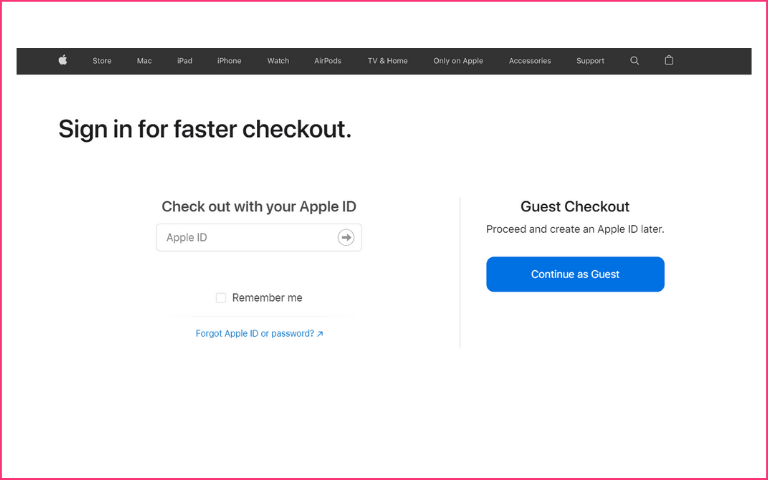
For instance, Apple offers a guest checkout option alongside its account registration process. This allows users to complete their purchases swiftly without the need for account creation. As a result, Apple has been able to streamline its checkout process.
5. Ensure Mobile Responsiveness:
Ensuring mobile responsiveness is imperative in today’s digital landscape, where mobile devices account for a significant portion of online traffic. Failure to optimise for mobile responsiveness can lead to subpar user experiences and lost opportunities for conversions.

A prime example of effective mobile optimisation is the checkout process of fashion retailer ASOS. ASOS prioritises mobile-friendly layouts and functionalities, ensuring seamless navigation and a frictionless shopping experience across various devices. As a result, ASOS has witnessed substantial growth in mobile sales and customer engagement.
6. Enable Multiple Payment Options:
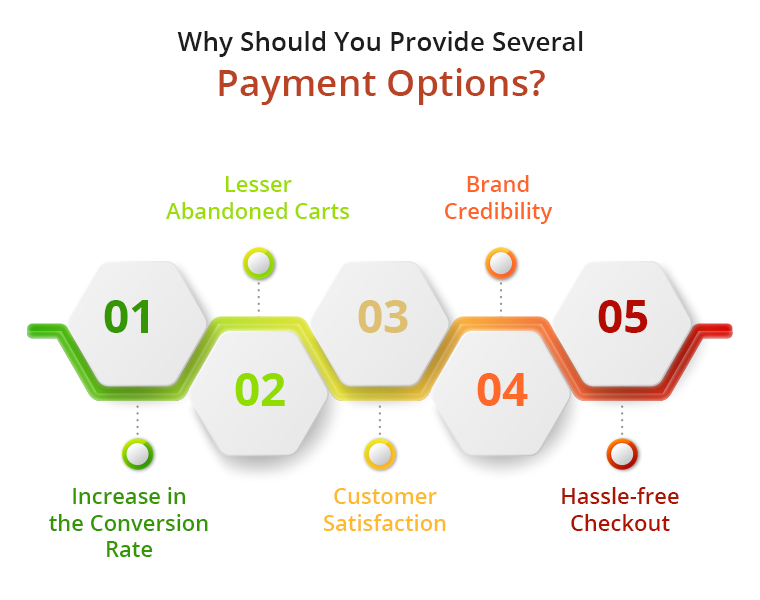
Offering multiple payment options is crucial for catering to diverse consumer preferences and enhancing user satisfaction. According to a survey conducted by Baymard Institute, 8% of users abandon their carts due to lack of preferred payment options. By enabling flexibility in payment methods, businesses can minimise friction and maximise conversions.
A notable example of a company that excels in offering multiple payment options is Shopify. Shopify integrates with over 100 payment gateways, including major credit/debit cards, digital wallets like Apple Pay and Google Pay. This extensive array of payment options empowers merchants to cater to the needs of their diverse customer base and drive revenue growth.
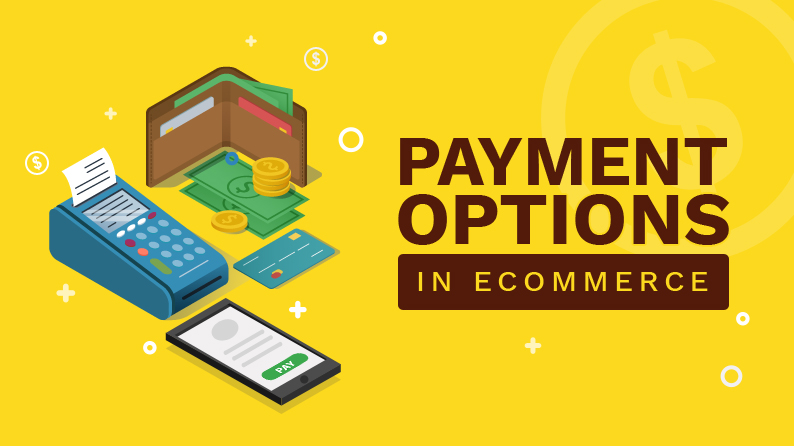
7. Implement Security Measures:
Implementing security measures is crucial in fostering trust and credibility throughout the checkout process. One of the fundamental methods to ensure data security is through the utilisation of SSL encryption. SSL (Secure Sockets Layer) encryption protects sensitive data transmission by encrypting information exchanged between the user’s browser and the website’s server. Studies have shown that SSL encryption significantly influences consumer trust, with 85% of online shoppers stating they would abandon a purchase if they encountered a lack of SSL encryption on the checkout page. By employing SSL encryption, businesses can reassure users of the safety of their transactions, thereby reducing cart abandonment rates and increasing conversion rates.
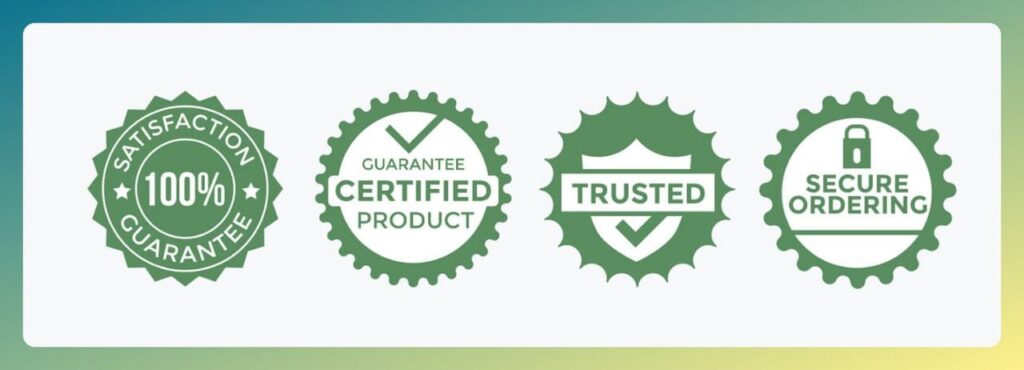
In addition to SSL encryption, displaying trust badges and security certifications prominently on the checkout page further enhances user confidence. Research indicates that 61% of online shoppers look for trust seals before making a purchase, emphasising the importance of these trust signals in instilling confidence. By prominently featuring trust badges and security certifications, businesses can alleviate concerns regarding data security, thereby encouraging users to proceed with their purchase.
8. Optimise for Abandoned Cart Recovery:
Optimising for abandoned cart recovery is crucial in today’s e-commerce landscape, where the average cart abandonment rate hovers around 70%. Utilising email retargeting campaigns and personalised follow-up emails can effectively re-engage users who have left items in their carts. Additionally, offering incentives like discounts or free shipping can motivate users to complete their purchases, with studies indicating a significant increase in conversion rates when such incentives are provided.

Analysing user behaviour is paramount for identifying friction points within the checkout process and making necessary optimisations. By leveraging analytics tools to track user interactions and identify patterns, businesses can pinpoint specific stages where users tend to abandon their carts. Addressing these friction points through UI enhancements or simplifying the checkout process can streamline the user experience and significantly reduce cart abandonment rates, ultimately maximising conversions and minimising revenue loss.
9. Streamline Confirmation and Feedback:
After a purchase, a clear confirmation email with order details and estimated delivery times is crucial to reassure customers and manage their expectations. Including personalised elements like the customer’s name and a thank-you message strengthens brand affinity and drives repeat purchases. Utilising post-purchase surveys or feedback forms helps gather valuable insights into the user experience, allowing businesses to make continuous improvements and demonstrate a commitment to customer satisfaction.

Moreover, by actively listening to customer feedback and incorporating relevant suggestions, businesses can enhance their products, services, and overall shopping experience. This iterative approach fosters a culture of continuous improvement and customer-centricity, ultimately strengthening brand loyalty and driving long-term success.
10. Monitor Performance Metrics:
Tracking key performance metrics such as conversion rate, abandonment rate, and average order value provides vital insights into the effectiveness of the checkout process and overall business performance. By analysing trends and identifying areas for optimisation, businesses can strategically enhance the user experience and drive sustainable growth.
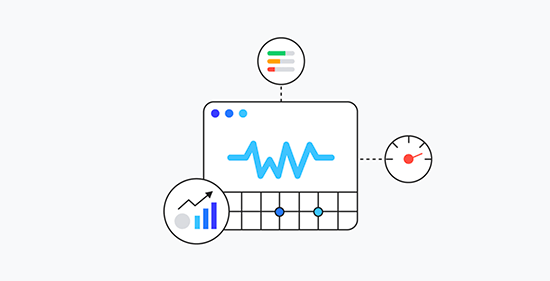
Additionally, monitoring performance metrics enables businesses to identify emerging market trends, capitalise on opportunities, and mitigate potential risks. By staying agile and responsive to changing consumer preferences and market dynamics, businesses can maintain a competitive edge and position themselves for long-term success in the ever-evolving e-commerce landscape.
Conclusion:
In conclusion, having seamless checkout processes requires a multifaceted approach encompassing user experience optimisation, technical proficiency, and data-driven decision-making. By implementing the strategies outlined above, you can streamline your checkout process, mitigate friction points, and maximise conversions, ultimately driving sustainable growth for your e-commerce business. Embrace innovation, prioritise user-centric design, and continuously refine your approach to stay ahead in the ever-evolving landscape of online retail.
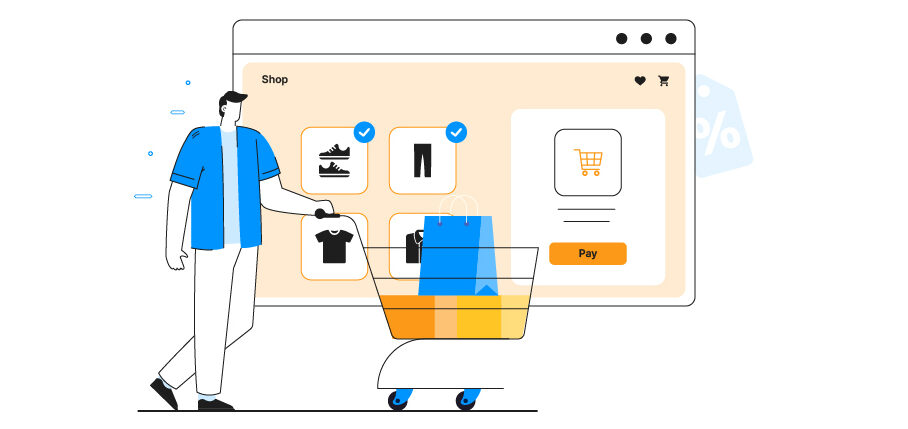
Remember, a frictionless checkout process isn’t just a destination—it’s a journey of iterative refinement fueled by user feedback and technological innovation. Stay committed to delivering exceptional user experiences, and success will inevitably follow.






